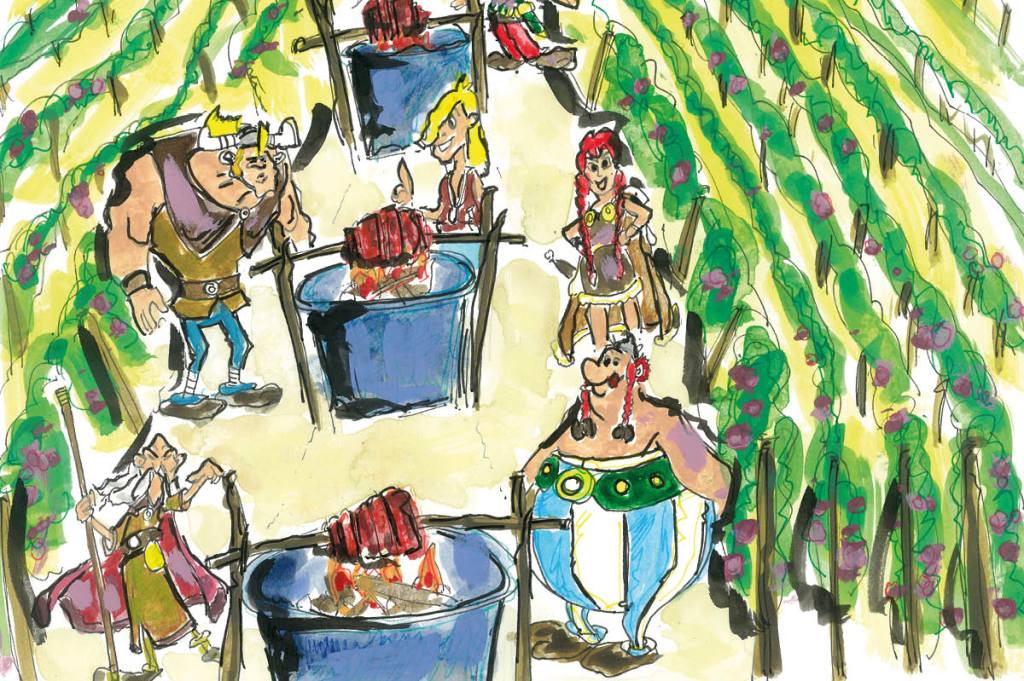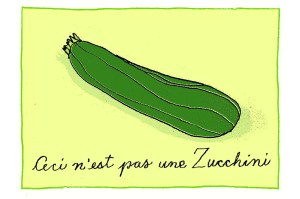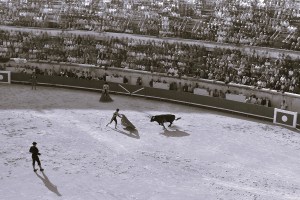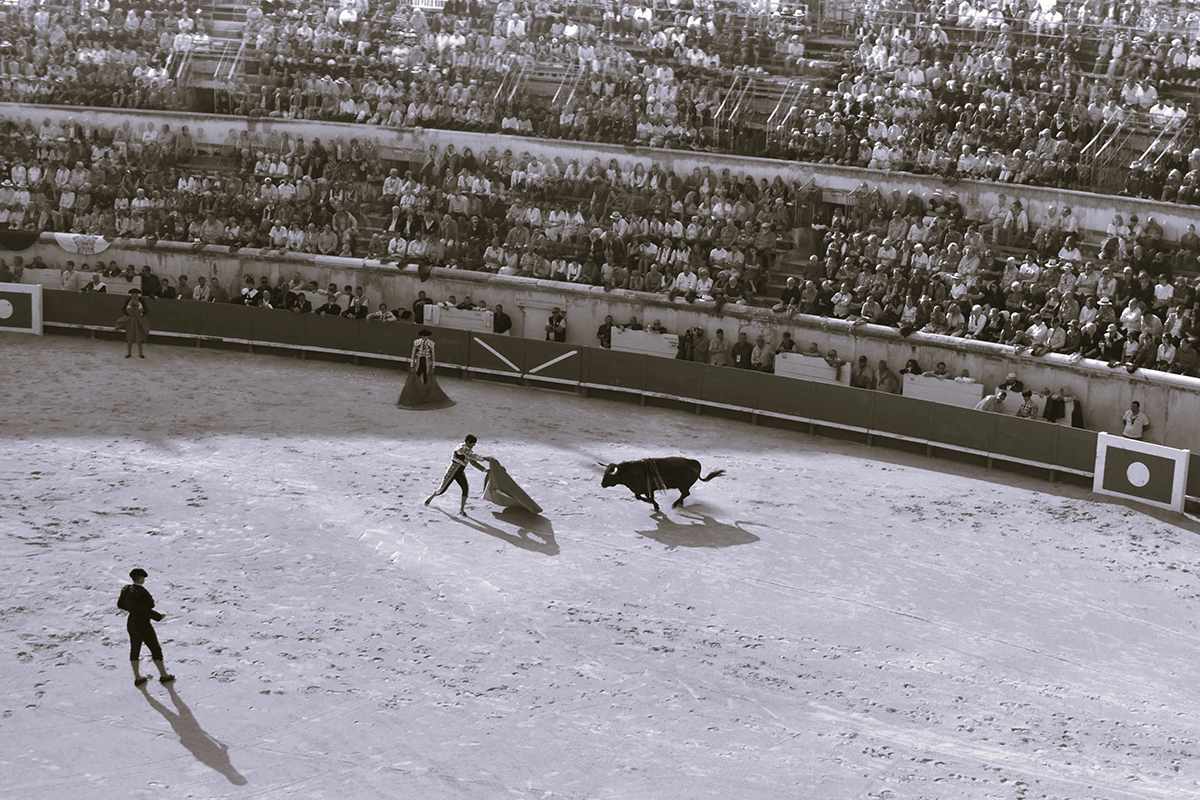“Comment trouvez-vous le sanglier?” Guillaume parent/hunter/head rôtisseur, asked me last spring, in the tiny village of Monthélie, next to Meursault, where my family lives and where I now live. We were there to enjoy a wild boar banquet. Guillaume, who was dressed as Obélix, Astérix’s sidekick, known for his voracious appetite (especially for wild boar), had roasted three sanglier shoulders on spits over coals from old wine vines.
Many of the other villagers had also dressed as famous characters from the comic book series, which often depicts les Gaulois feasting on sanglier after defeating the Romans. Never mind that they are subsequently themselves defeated by the Romans at Alise-Sainte-Reine, an hour north in the Auxois region. Bottles of local nectar were emptied during what became a wild and raucous evening.
I didn’t want to tell the charming vigneron the sanglier was tough. I was comparing roasted boar shoulder to a divine ragoût de sanglier I’d had fifty years ago in a relais de châteaux in the Loire valley. Instead, I asked him why we were eating wild boar in April. The hunting season for gibier (wild game, which includes wild boar, deer, hare and fowl) starts in September and goes through to March. It is a winter sport. Apparently, there are now so many wild boar in la Côte d’Or that Burgundian freezers are stuffed with sanglier. Last year 12,000 permits for hunting them were issued in the region, better known for its exceptional wines than being a major site of comical French history.
The overabundance of wild boar in France is just another tragic gray-wolf story. Only seventy years ago, wild boar were rarely spotted. Then eco-warriors and naturalists joined forces to “save” the “bristly-haired, dangerous monsters” from a “bloodthirsty” segment of the French population: sportsmen and farmers.
Sangliers were put on the endangered wildlife list and farmers lost the right to shoot animals that were damaging their crops. It was estimated there were only 35,000 wild boar in France, who were nevertheless doing costly damage to Europe’s largest agricultural nation. Local hunting associations agreed to issue fewer hunting permits and compensate farmers. By the 1990s, crop damage had increased due to the animal’s fecundity (sows can have two litters annually of up to ten piglets). Meanwhile, the reduced number of hunting permits brought in less money to compensate farmers.
It is estimated that there are now 2 million wild boar in France. They are seen as nuisances. Farmers are unofficially “invited” to cull the animals to save their crops — which means wild boar is now available for feasts throughout the year.
Wild boar are night foragers; they eat acorns, hickory nuts, pecans, berries and small insects. They have developed a taste for grapes. During the banquet, a loquacious local vigneron told me that he has had sangliers rush by him at dawn while he’s working in his vineyards. He does not carry a gun and is part of the trend in French viniculture who won’t use pesticides against vine diseases; he sees boars as part of nature’s balance.
He fears more the millions of stray bullets coming from hunters’ rifles during the long saison de chasse. He warned me, when I told him I walked through the vineyards of Meursault in the early mornings, that more people are now killed by hunters than sangliers are killed by intoxicated French drivers returning from wild evenings, like the one we were enjoying.
RAGOÛT DE SANGLIER
Wild boar tastes like pork, with less fat and a rich, nutty flavor. It is full of nutrition. Being a wild animal, it has not been treated with antibiotics and hormones. It is rich in iron, niacin, selenium, thiamine, vitamin B6 and zinc. Sanglier can be roasted, braised and made into sausages and bacon.
Serves 4
Preparation: 25 mins
Resting time in refrigerator: 24 hours
Cooking time: 2 hours
INGREDIENTS
4 lbs cubed wild boar
1 bottle Burgundian Pinot Noir
2 oz cubed bacon
2 medium onions
1 large garlic clove
4 tablespoons olive oil
1 small packet small white mushrooms
1 bouquet garni
1 star anise
1 sliced leek
2 carrots cut into rounds
1 large tomato, diced
12 artichoke hearts, diced
freshly ground salt and pepper
METHOD
In a large bowl mix three tablespoons of olive oil with wine, peeled and chopped garlic, star anise and bouquet garni. Cut meat into cubes and put in bowl. Mix again, cover and leave in refrigerator for twenty-four hours.
The next day, peel and chop onions and brown over medium heat in a heavy casserole in remaining oil for 3-4 minutes.
Filter the marinade and add the meat and liquid to the casserole. Add salt and pepper to taste and let mixture rest for forty-five minutes.
Remove bouquet garni. Add tomato, mushrooms, leek, carrots and artichoke hearts. Cover and cook for two hours over low heat.
Serve with egg noodles
This article was originally published in The Spectator’s April 2024 World edition.


























Leave a Reply